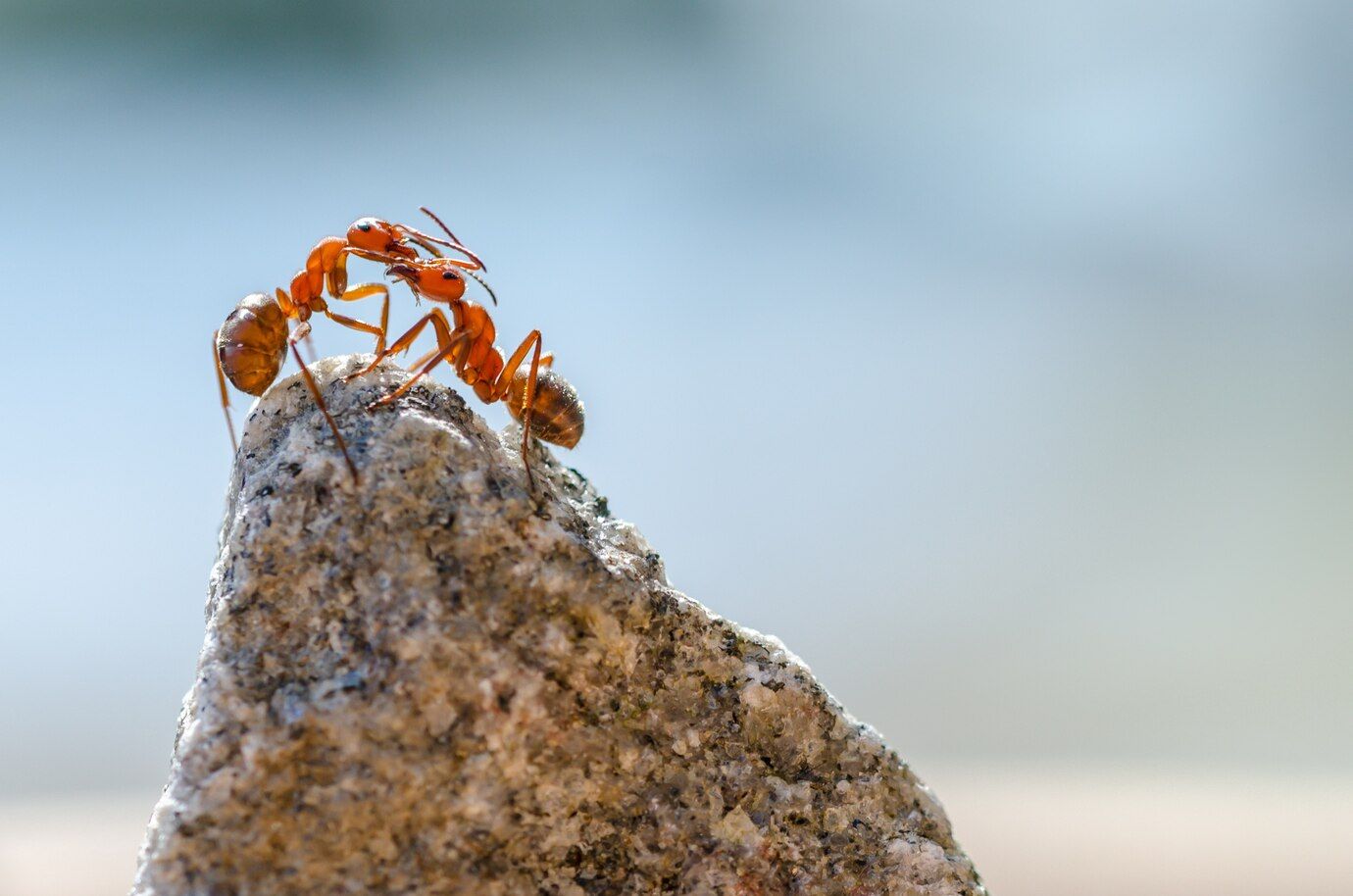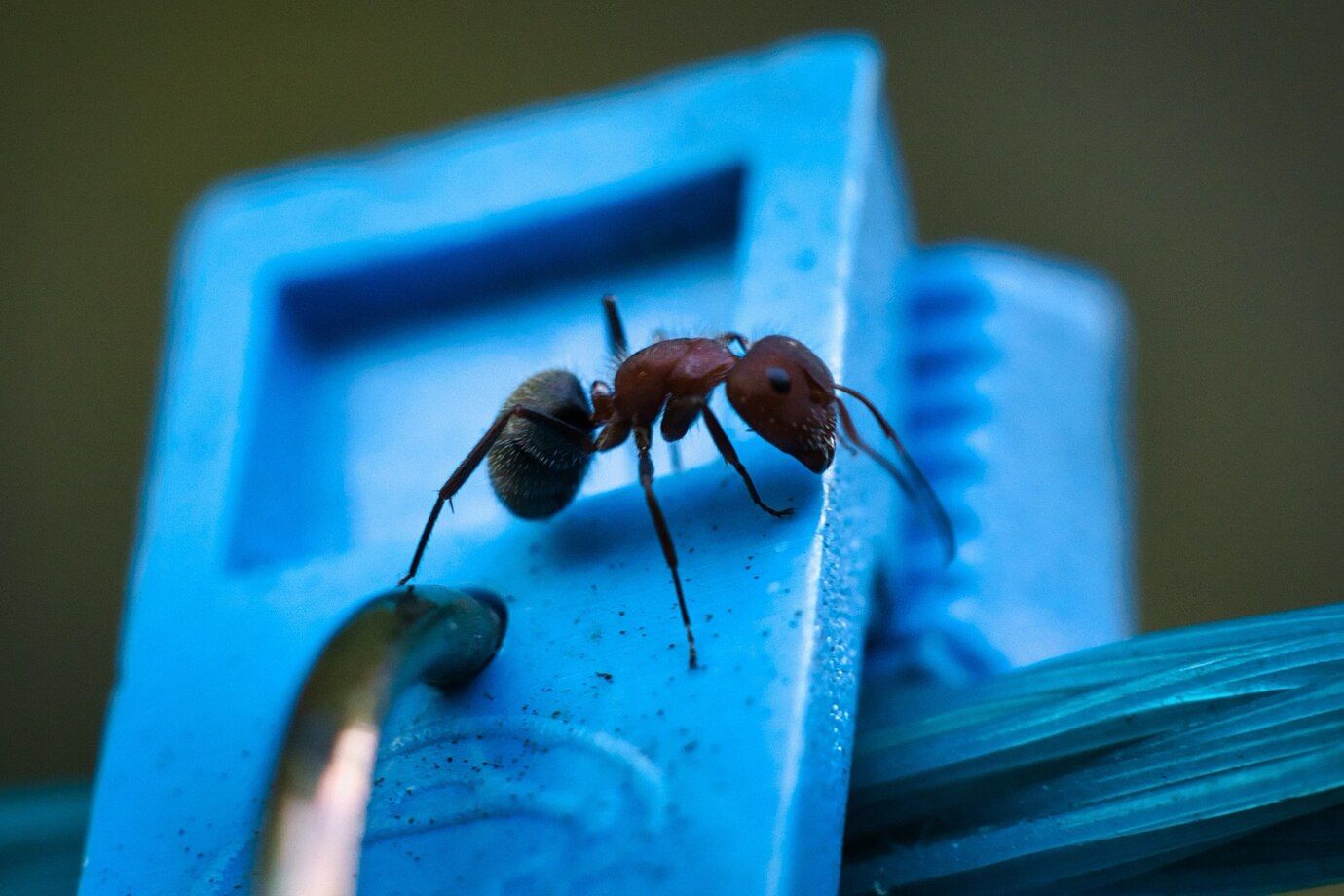How to get rid of ants in a wooden house

Ants in a wooden house can be a real problem, especially if they get inside the walls and start destroying the structures. These small insects can not only spoil the appearance of your home, but also damage the wooden elements of the house. Getting rid of ants can be difficult, but knowing the basic methods of control and prevention, you can effectively solve this problem. In this article we will tell you how to recognize the signs of ants, what are the most effective methods of control, and how to prevent their reappearance in your home.
How ants get into a wooden house
Ants enter wooden homes for a variety of reasons, most often in search of food, shelter, or convenient nesting conditions. These insects are able to detect the smallest cracks and crevices in the structure of the house, through which they enter. The main ways ants get into wooden homes involve several factors.

First, the presence of food is a powerful factor that attracts ants. Leftovers in the kitchen, poorly closed food containers or sweet liquids can be easy prey for them. Ants easily detect food due to their developed sense of smell and create trails for other individuals to follow inside the home.
Secondly, wooden houses can have many convenient places to create nests. Ants often choose secluded, warm, and moist places such as cracks in floors or walls, baseboards, and wooden beams. Wooden structures, if not treated properly, can be an ideal hiding place for insects.
The third factor is moisture. Ants, especially wood ants (such as wood-boring ants), prefer moist and rotting areas of wood. If a home or its structure has moisture problems, such as leaks or excessive dampness, this becomes an additional contributing factor for ants.
Thus, the entry of ants into a home can be caused by both the availability of food and favorable nesting conditions. Understanding these causes helps to combat the problem more effectively and prevent future problems.
What kind of damage ants cause in the home
Despite their small size, ants can cause significant damage in a wooden home, especially if not addressed in a timely manner. Ant damage can be categorized into several main aspects, each of which can cause both physical and material damage to your home.
First, certain species of ants, such as wood ants, can seriously damage wooden structures. These insects don't feed on wood, but they do make passages inside the wooden elements of a home, which weakens their structure. Over time, this can lead to the destruction of supporting beams, floors, walls or furniture, requiring costly repairs.
Second, ants are carriers of bacteria and germs. By climbing through dirty surfaces or trash cans, they can bring pathogens into the home. This is especially dangerous in the kitchen, where they can contaminate food and food preparation surfaces, increasing the risk of food poisoning and infections.
A third aspect of ant damage is their ability to spread quickly and create numerous nests. If not eliminated immediately, a single colony can quickly grow, forming new ant hills in different parts of the home. This not only makes them more difficult to control, but also makes the house less comfortable to live in.
The fourth negative effect is that ants can cause damage to appliances and electronics. They can burrow their way into electrical wiring or other technical elements, which sometimes leads to short circuits and equipment breakdowns.
How to get rid of ants in a wooden house
Getting rid of ants in a wooden house is a task that requires a comprehensive approach and the use of effective control methods. It is important not only to eliminate the insects themselves, but also to prevent their reappearance. Here are the basic steps that will help to get rid of ants in a wooden house.

- Identify the source of the problem: The first step is to find out where the ants are entering the house from and where their nests are located. Ants usually make their routes from outside points to food sources, so carefully inspect all possible gaps, cracks, and weak spots in the home's structure. Ant trails can be highly visible - they often stretch along walls or through baseboards.
- Removing food sources: Ants usually enter a home in search of food. To deprive them of this incentive, keep your kitchen and areas where food scraps may remain clean. Store food in airtight containers, clean up crumbs and spills regularly, take out the trash, and keep trash cans tightly closed.
- Use natural repellents: There are many natural remedies that repel ants. For example, you can use vinegar, lemon juice, or essential oils such as peppermint or lavender oil. These products should be sprayed on the areas where ants are most active to create an uncomfortable environment for them.
- Using chemicals: If natural methods do not give results, you can use chemical insecticides. There are many preparations that are effective in destroying ants. Gels and baits with delayed action work particularly well - they attract ants, which carry the poisoned bait into the nest, destroying the entire colony. These products should be used with caution, especially if there are children or pets in the house.
- Treatment of wood with antiseptics: If there are woodworms in the house, it is important to treat wooden structures with special antiseptics that protect wood from insects and prevent its destruction. Such compositions can be applied both on surfaces and on hidden elements of the structure.
- Caulking cracks and crevices: Once ants have been eradicated, it is important to seal all potential entrances to the house through which they can enter again. These could be cracks in walls, baseboards, or the foundation. Use sealants and other materials to seal cracks and other vulnerable areas.
- Professional help: If the ant problem has gotten serious or you can't find the nest on your own, it's better to contact professional exterminators. They use specialized tools and methods to effectively eliminate the problem for a long time.
Thus, controlling ants in a wooden house requires both elimination of the current problem and preventive measures to prevent their return. Proper cleaning, the use of natural or chemical remedies, and protection of wood structures will help keep your home clean and comfortable.



